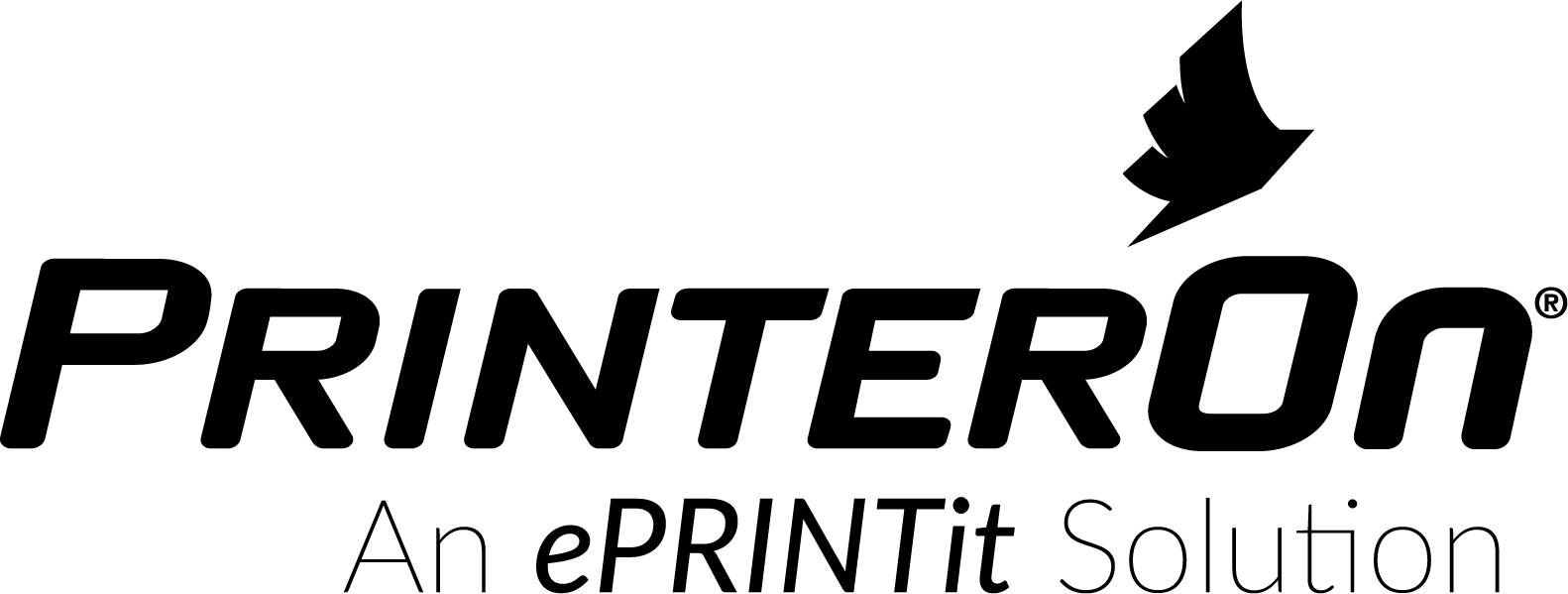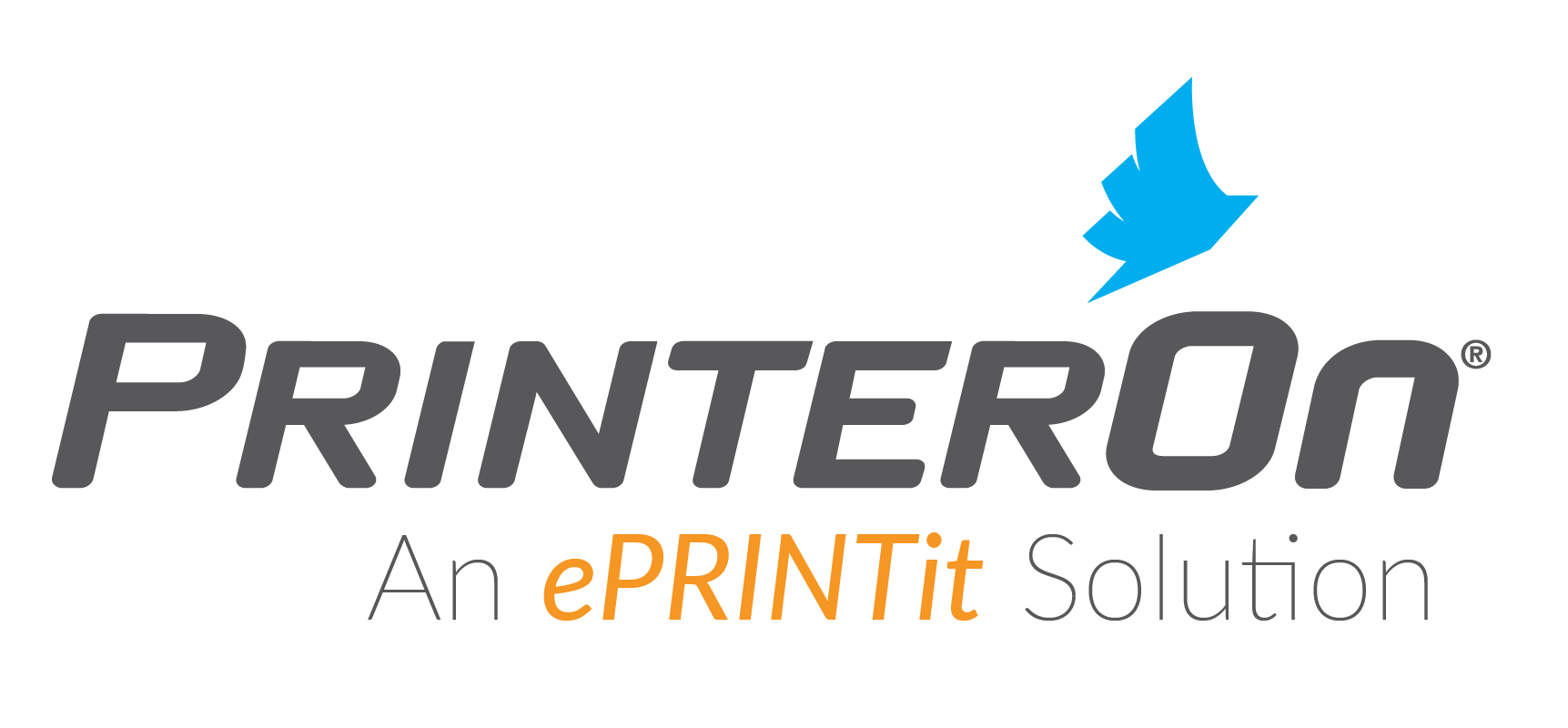By now, it’s commonly accepted that a move into the world of cloud computing brings with it a wide range of benefits for businesses in particular that are far too important to ignore. Something that does get ignored quite often during this process is enterprise printing.
Whether your primary concern is reducing IT business costs, increasing scalability, guaranteeing business continuity or optimizing communication and collaboration efficiency, the cloud is often a way to accomplish all of these things and more – at exactly the same time.
But at the same time, when one’s attention is being pulled in so many different directions as is true with a project of this magnitude, it can be easy for certain things to fall by the wayside. Case in point: how moving enterprise printing software into the cloud will affect tasks that we often take for granted like printing in particular.
Whenever an IT director is planning to move their enterprise software into the cloud (like Microsoft Office, enterprise resource planning or customer relationship management software), it can be easy to forget about printing entirely. After all, a lot of people see it as something that happens largely automatically – it’ll probably just fall into place somewhere along the way, right?
Not necessarily.
For large enterprises in particular, taking proper care of something as seemingly simple as this can literally cost millions of dollars – which is why it is of critical importance to consider enterprise cloud printing solutions as early on in the process as possible.
Enterprise Printing in the Modern Cloud
For many IT directors, the issue of printing tends to come up when building their network for the cloud in the first place. Whenever a business moves into the cloud, it is a common practice to re-architect their entire physical network infrastructure in order to better support the cloud-based applications they’re going to be relying on.
This is usually done as a way to cut down on long-term costs – if you set your private network up properly today, you can significantly reduce costs by better utilizing the resources offered by your cloud computing service provider tomorrow and beyond.
No matter how you choose to look at it, it makes perfect sense. System upgrades, new hardware, software procurement and other factors are often rolled into your cloud provider’s contract. You no longer need to pay wages to expert staff to set up and maintain everything. Even your energy consumption costs are dramatically reduced.
Not only that, but you’re also giving employees the access they need to do their job from any location on planet Earth with an active Internet connection. It’s very, very clear that this is a step that is absolutely worth taking.
But what then, does the process of printing actually look like?
What happens when an employee sitting in their office and working on an important project hits “Print” from their computer. Remember that the application they’re using has been moved into the cloud, but the physical printer itself hasn’t. What happens is that the old printing network literally doesn’t know what to do, as the printer is no longer on the same network as the software.
To make matters worse, that printer also probably has a pretty significant firewall in front of it – further complicating things at the worst possible time.
A large part of this has to do with how printers function in the first place. With a few key exceptions, you’re not talking about something like a smartphone or other modern mobile device. Your iPhone literally has more computing power than the technology that sent men to the moon in the 1960s. That printer, on the other hand, hasn’t changed in any appreciable way for the last 20 years.
It lacks initiative – it just waits for things to come to it so that it can print them out. Printers need something to “push” information to them and suddenly that device may very well be on the other side of the planet.
The Consequences of Getting It Wrong
When you begin the process of “pushing” that file you want to print from the software in the cloud to your printer, Amazon Web Services (otherwise known as AWS) literally doesn’t know where to send it. Even if it did, the job would likely never get through that firewall in the first place.
One of the more obvious solutions that an IT director might consider in this case would be the use of a VPN, or “virtual private network.” Yes, this would create a secure tunnel between the cloud and your printer… but it also means that you’re going through the trouble of setting up a VPN literally just to print.
If you’re like most modern enterprise businesses, and have dozens or even hundreds of remote offices to contend with, suddenly you need a VPN AND a local print server for each of those offices. If you were counting on the cloud to cut down on the amount of attention your IT team needed to spend on menial administrative tasks, you’ve suddenly just destroyed that advantage entirely.
You could also just save everything you need to print as a PDF file and send it to yourself to print from the local network, but this leaves a lot to be desired in terms of security in particular. Don’t forget that the average cost of each compromised record during a data breach is about $141. Think about how many PDFs you’d need to create, send and protect and you’ll see why this is a bad idea. That’s to say nothing of the compliance issues you may also expose your organization to.
The Power of Enterprise Printing Solutions
To put it simply, when you begin the process of moving your enterprise software into the cloud, you need a True Cloud Printing™ solution – and you need it now.
When you embrace True Cloud Printing services during your transition, you address ALL of the aforementioned issues in one fell swoop. You get the ability to run enterprise-grade, secure print services from a cloud platform, totally eliminating the need for any on-site print infrastructure dependency that previously existed.
To put it another way, you’re essentially moving your print server into the cloud along with your software. You only need a cloud print gateway at each printing site – nothing exists locally and all enterprise cloud print services run directly from the cloud itself.
A simple cloud print gateway connects directly to the local printer by way of cloud services. At that point, you have three separate pieces – your cloud application, your cloud print gateway and your local printer – all working together on the same task at the same time.
ANYONE can securely submit a print request from the cloud-based software and securely release the document to ANY authorized printer from ANY location, no exceptions. If an employee wants to work on a document at home, print it at work and have it ready for them when they get to the office in the morning, they can now do so.
Do you have a highly mobile workforce? No problem – not only can anybody print from anywhere, but they can also do so from multiple devices in a matter of seconds. Start a document on your laptop, finish it on your tablet, proof it on your mobile device and print from any of these locations – the choice is once again yours to make.
In the End
People don’t realize just how important something like printing is until doing so suddenly becomes an uphill battle. Moving your enterprise printing software into the cloud, without also remembering that you’re eventually going to need to print the documents they create, is something that can cost an organization millions by way of patchwork and “Band-Aid” fixes that only mask the symptoms, not the underlying problem itself.
This in turn underlines the importance of True Cloud Printing services – they allow you to enjoy all of the benefits of your organization’s move to the cloud with as few of the downsides as possible.
To learn more about enterprise cloud print solutions, or to get answers to any other important questions you may have, contact PrinterOn today.


